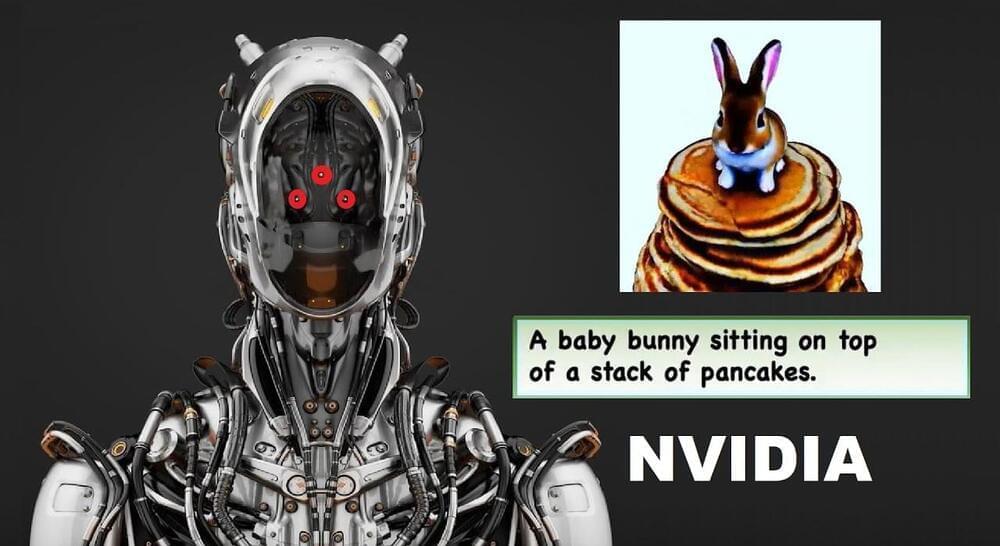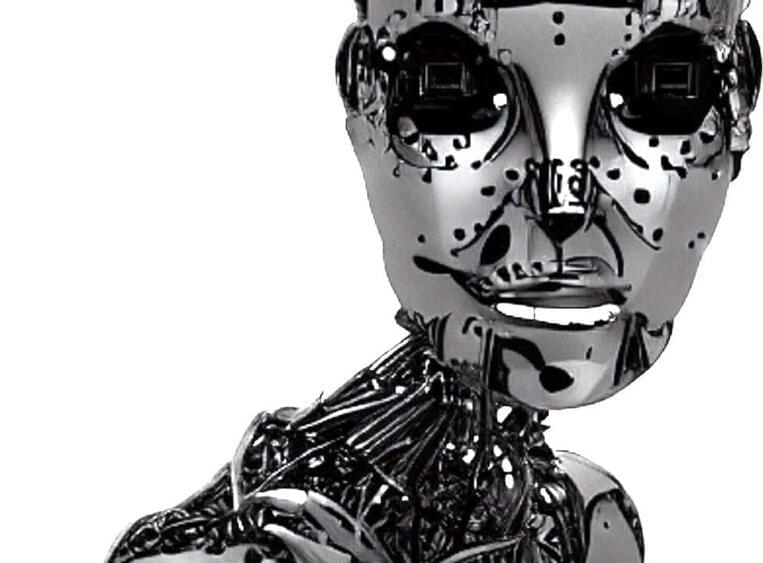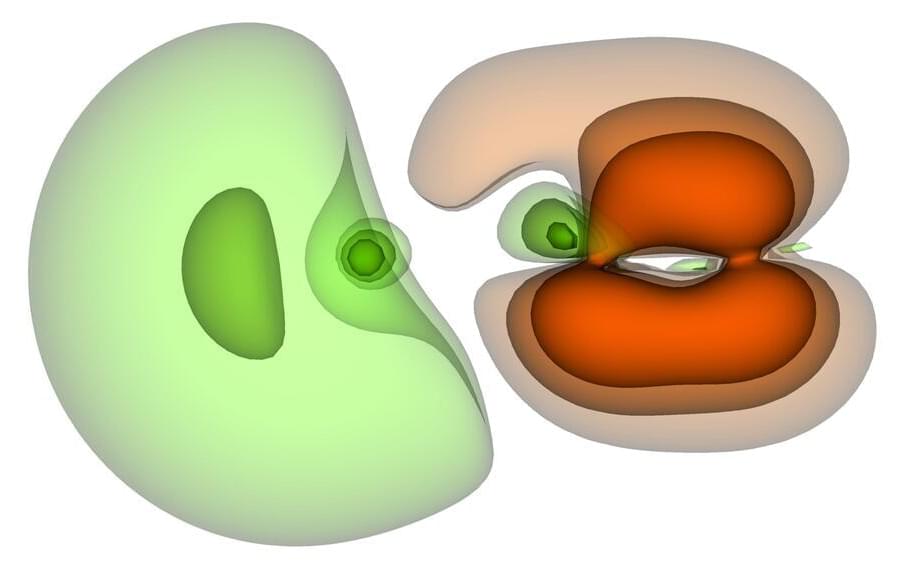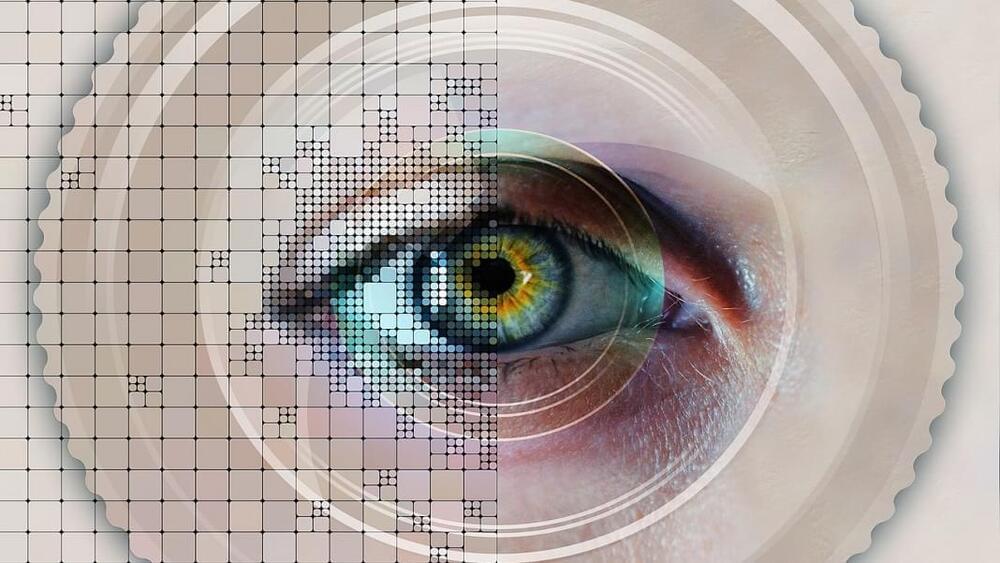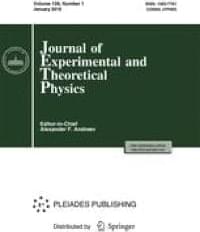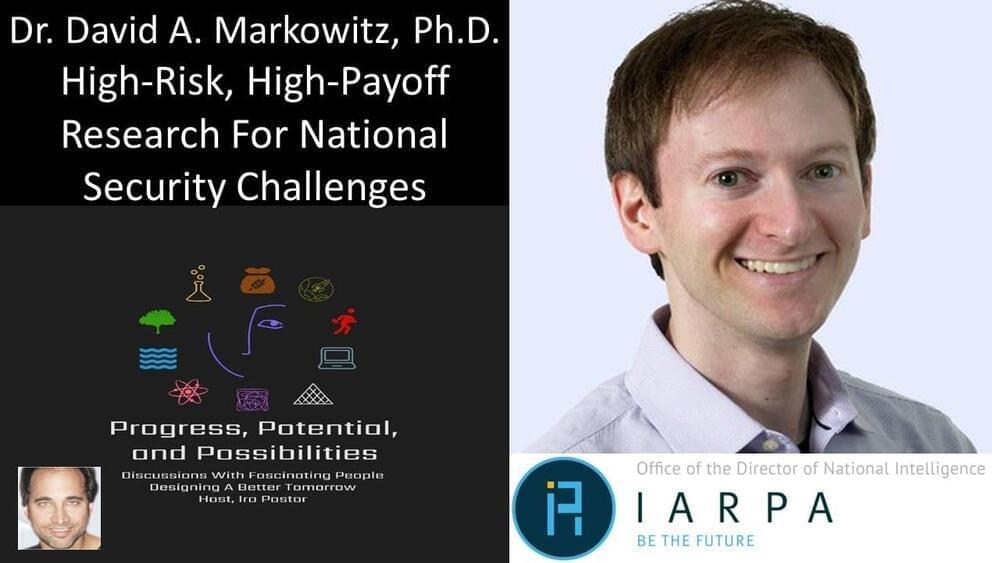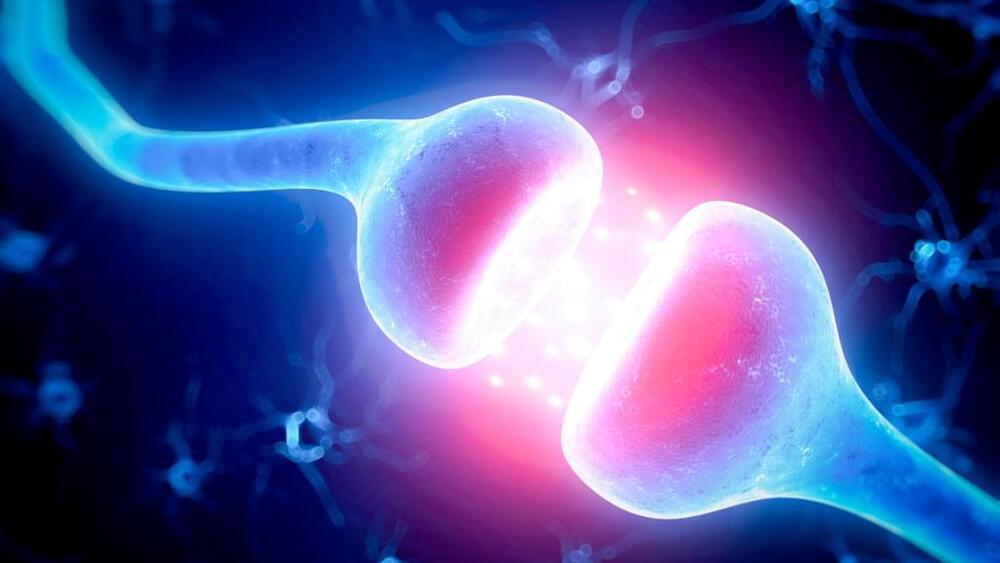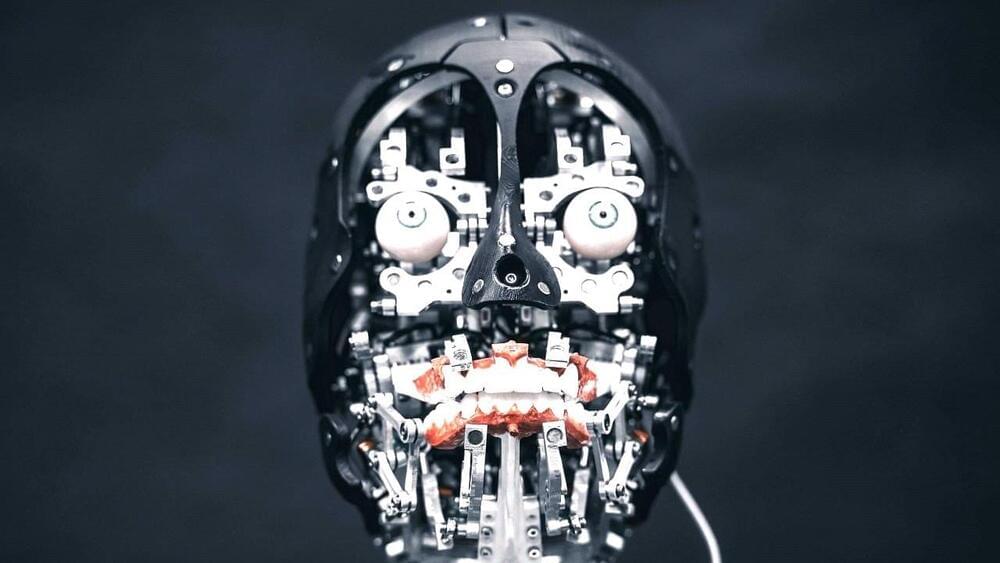Nov 24, 2022
NEW Nvidia AI Turns Text To 3D Video Game Objects 8X Better Than Google | Game Design AI
Posted by Kelvin Dafiaghor in categories: entertainment, information science, robotics/AI
Deep Learning AI Specialization: https://imp.i384100.net/GET-STARTED
Nvidia unveils its new artificial intelligence 3D model maker for game design uses text or photo input to output a 3D mesh and can also edit and adjust 3D models with text descriptions. New video style transfer from Nvidia uses CLIP to convert the style of 3D models and photos. New differential equation-based neural network machine learning AI from MIT solves brain dynamics.
AI News Timestamps:
0:00 Nvidia AI Turns Text To 3D Model Better Than Google.
2:03 Nvidia 3D Object Style Transfer AI
4:56 New Machine Learning AI From MIT
#nvidia #ai #3D
